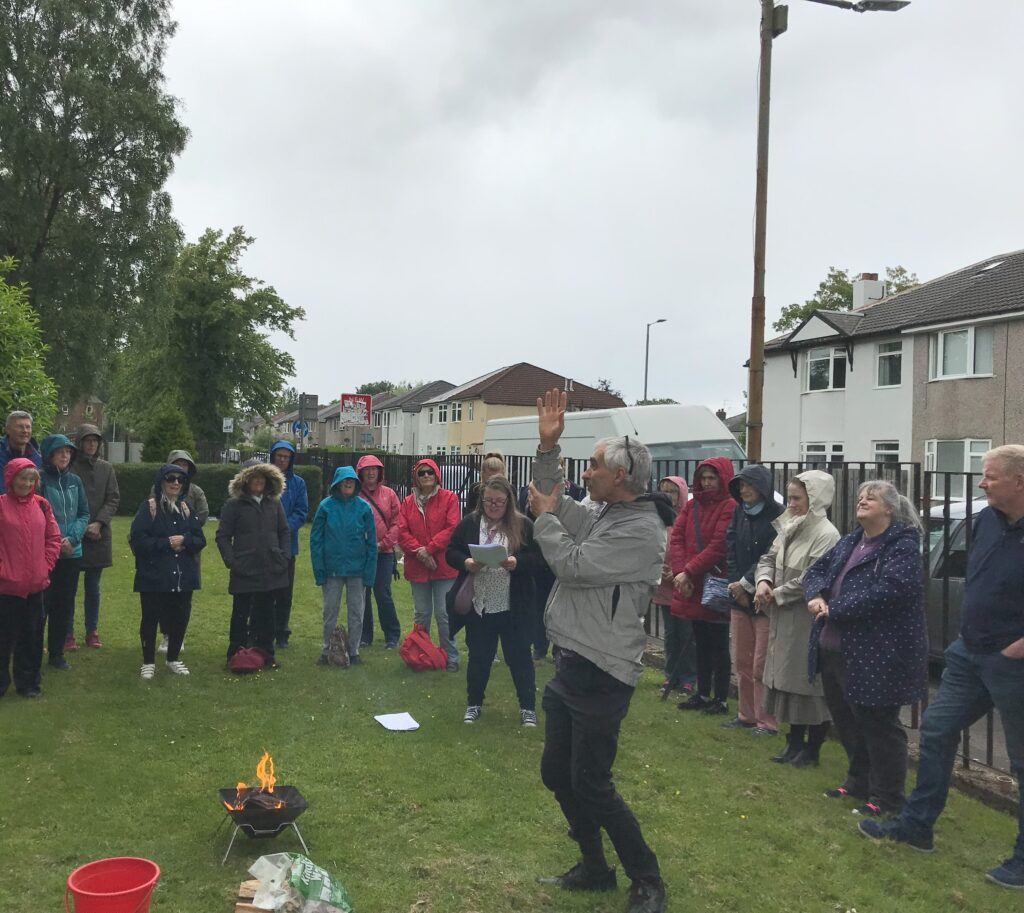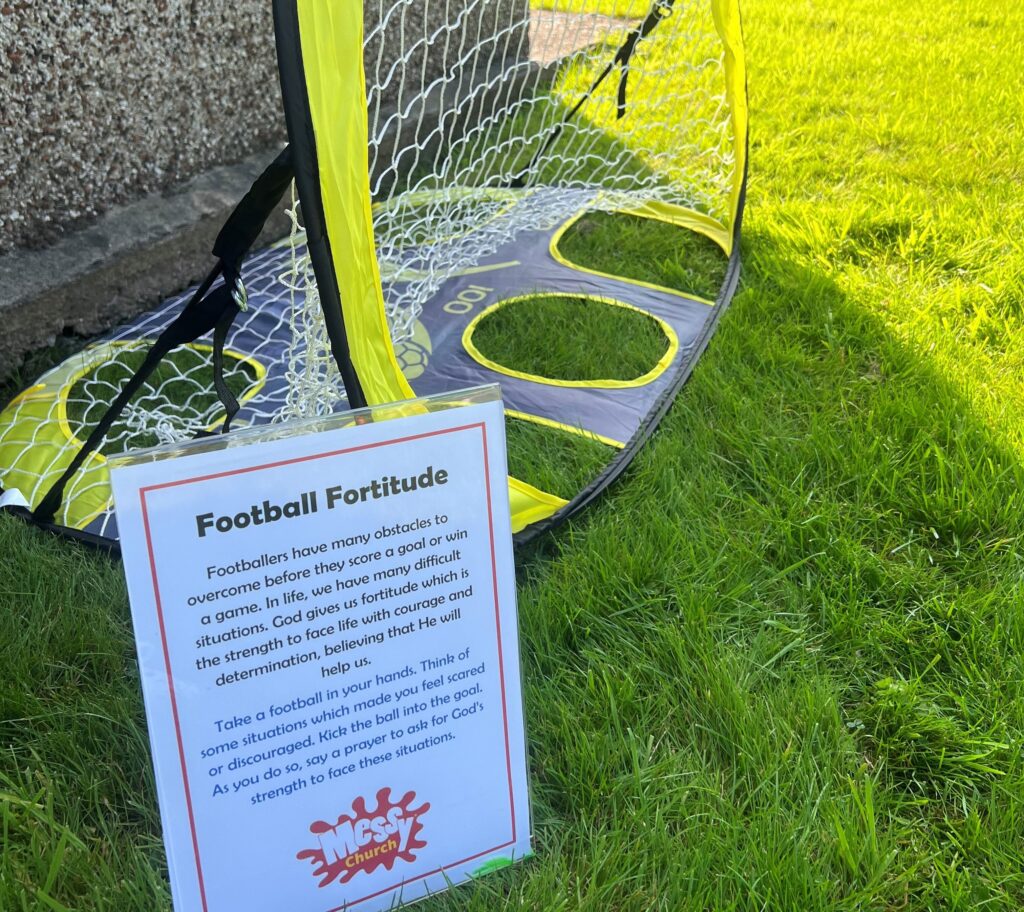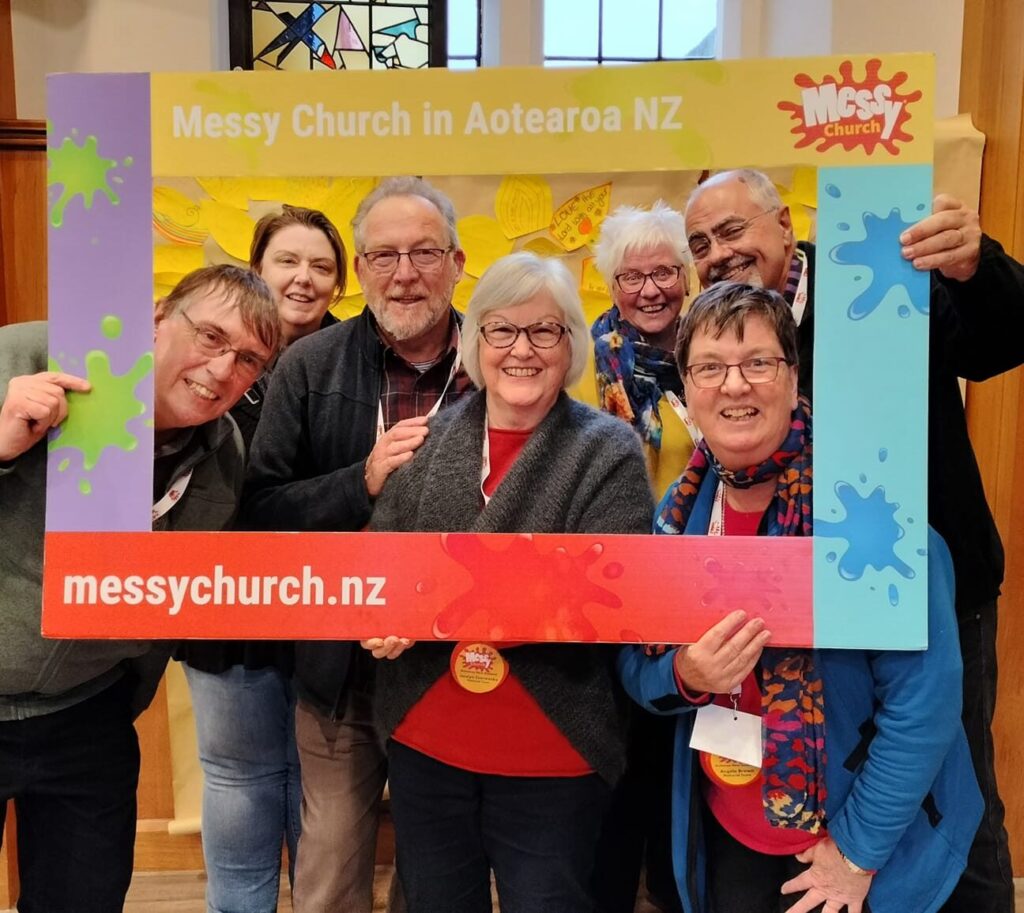As part of our Messy Church Does Science project, we’re shining a light on famous scientists who were also Christians. For those of you who haven’t seen the Oscar-nominated film Hidden Figures, it follows three black women working at NASA at a time when segregation still existed in US culture. Katherine Johnson, Dorothy Vaughan and Mary Jackson were essential in the success of early space flight.
Katherine Johnson, 1918-
In 1957, Katherine provided some of the mathematics for the 1958 document Notes on Space Technology, a series of lectures given by engineers in the Flight Research Division and the Pilotless Aircraft Research Division (PARD). Engineers from those groups formed the core of the Space Task Group, the NACA’s first official foray into space travel. Katherine, who had worked with many of them since coming to Langley, came along too, as the NACA became NASA later that year. In 1960, she and engineer Ted Skopinski co-authored ‘Determination of Azimuth Angle at Burnout for Placing a Satellite Over a Selected Earth Position’, a report laying out the equations describing an orbital spaceflight in which the landing position of the spacecraft is specified. It was the first time a woman in the Flight Research Division had received credit as an author of a research report. She also did trajectory analysis for Alan Shepard’s May 1961 Freedom 7 Mission, America’s first human spaceflight.
In 1962, as NASA prepared for the orbital mission of John Glenn, Katherine Johnson was called upon to do the work that she would become most known for. The complexity of the orbital flight had required the construction of a worldwide communications network, linking tracking stations around the world to IBM computers in Washington DC, Cape Canaveral and Bermuda. The computers had been programmed with the orbital equations that would control the trajectory of the capsule in Glenn’s Friendship 7 mission, from blast-off to splashdown. Katherine Johnson had to run the same numbers through the same equations that had been programmed into the computer, but by hand, on her desktop mechanical calculating machine, as the astronauts did not have confidence in a computer-created calculation.
Katherine was a core part of her congregation and she sang in the choir of Carver Presbyterian Church for 50 years.
Dorothy Vaughan, 1910–2008
In 1949, Dorothy Vaughan was promoted to lead the West Computers, an all-black group of female mathematicians, making her the NACA’s (before it became NASA) first black supervisor, and one of the NACA’s few female supervisors. The ‘Section Head’ title gave Dorothy rare laboratory-wide visibility, and she collaborated with other well-known (white) computer scientists like Vera Huckel and Sara Bullock on projects such as compiling a handbook for algebraic methods for calculating machines.
Dorothy Vaughan helmed West Computing for nearly a decade. In 1958, when the NACA made the transition to NASA, segregated facilities, including the West Computing office, were abolished. Dorothy Vaughan and many of the former West Computers joined the new Analysis and Computation Division (ACD), a racially and gender-integrated group on the frontier of electronic computing. Dorothy Vaughan became an expert FORTRAN programmer and she also contributed to the Scout Launch Vehicle Program.
Dorothy was an active member of the African Methodist Episcopal Church, where she participated in music and missionary activities.
Mary Jackson, 1921-2005
In 1958, Mary Jackson became NASA’s first black female engineer after much determination. That same year, she co-authored her first report, ‘Effects of Nose Angle and Mach Number on Transition on Cones at Supersonic Speeds’. Mary Jackson began her engineering career in an era in which female engineers of any background were a rarity; in the 1950s, she very well may have been the only black female aeronautical engineer in the field. For nearly two decades she enjoyed a productive engineering career, authoring or co-authoring a dozen or so research reports, most focused on the behaviour of the boundary layer of air around airplanes. As the years progressed, the promotions slowed, and she became frustrated at her inability to break into management-level grades. In 1979, seeing that the glass ceiling was the rule rather than the exception for the centre’s female professionals, she made a final, dramatic career change, leaving engineering and taking a demotion to fill the open position of Langley’s Federal Women’s Program Manager. There, she worked hard to impact the hiring and promotion of the next generation of all of NASA’s female mathematicians, engineers and scientists.
Mary was an active and lifelong member of the American Methodist Episcopal Church in Virginia.
What next?
Find out more about our Messy Church Does Science project.
Read more about the other scientists we are profiling.
Learn more about these amazing ladies on NASA’s website.
You may also like

Reuben on Resources…
15th Jul 2024
When football and faith collide
11th Jul 2024As you might have guessed from last week’s Facebook live, I love sport, in particular football and F1 so it’s been quite a few days! When faith and football collide, that makes me very happy!

Dr Dave’s Messy Adventure
9th Jul 2024How do you begin to encompass in a few words a trip lasting 4 weeks, across two vast counties and three time zones, as well at least three different climates.


